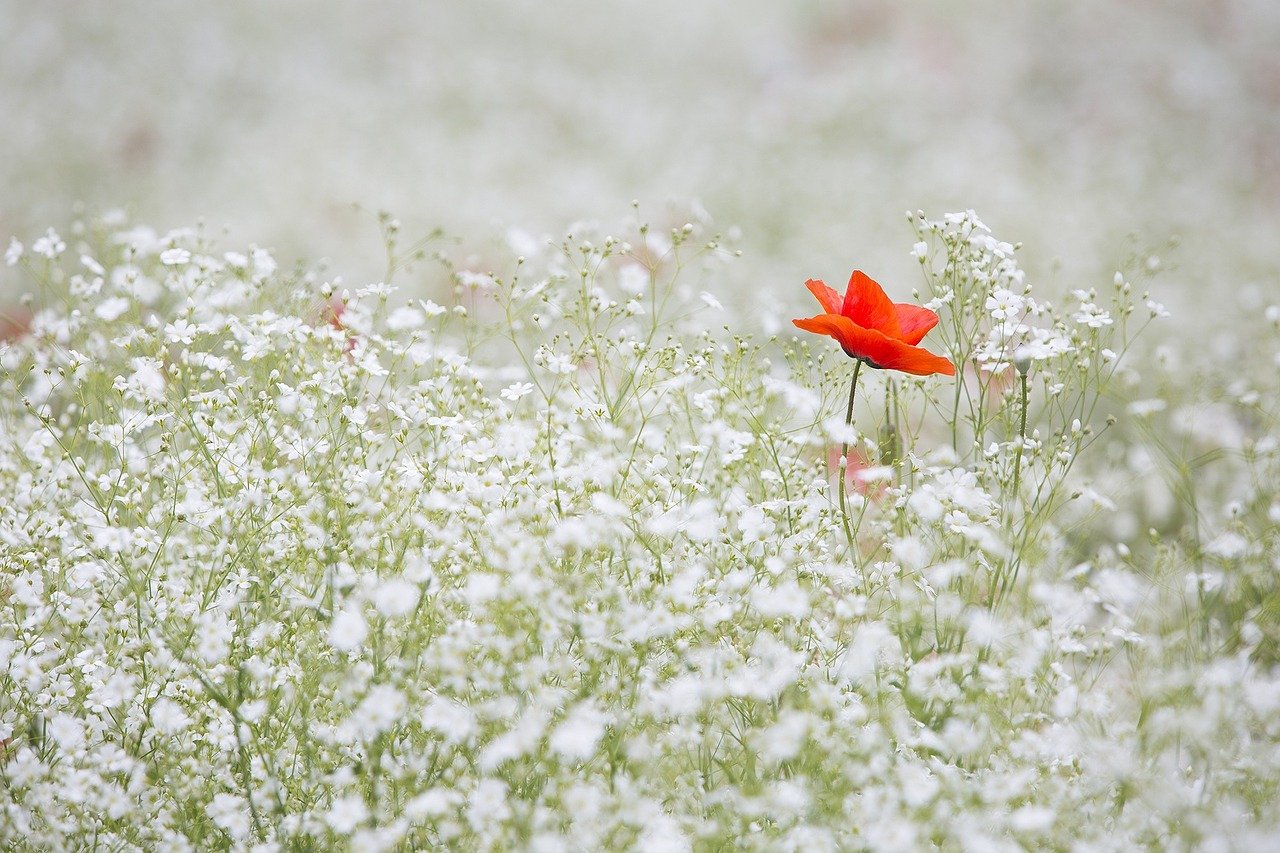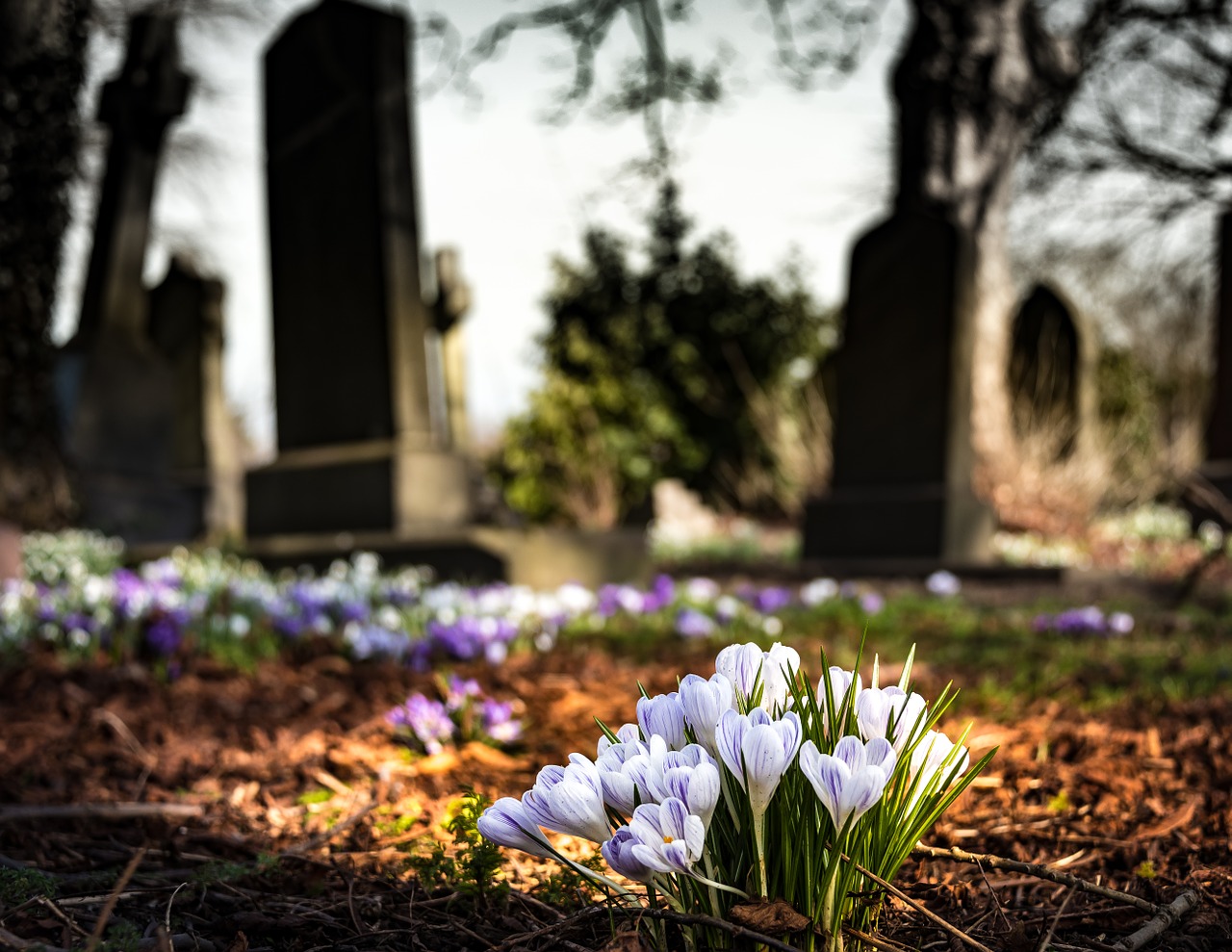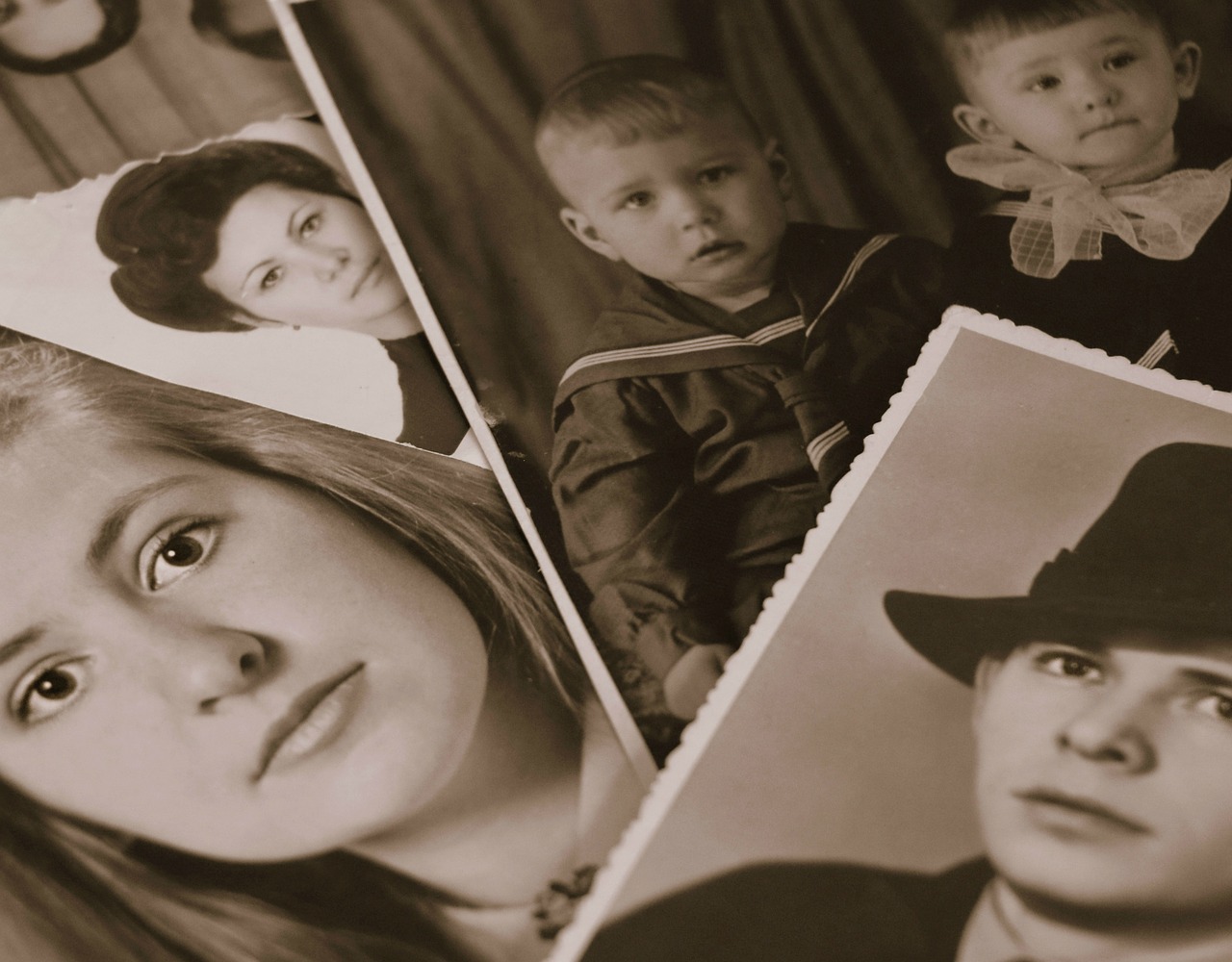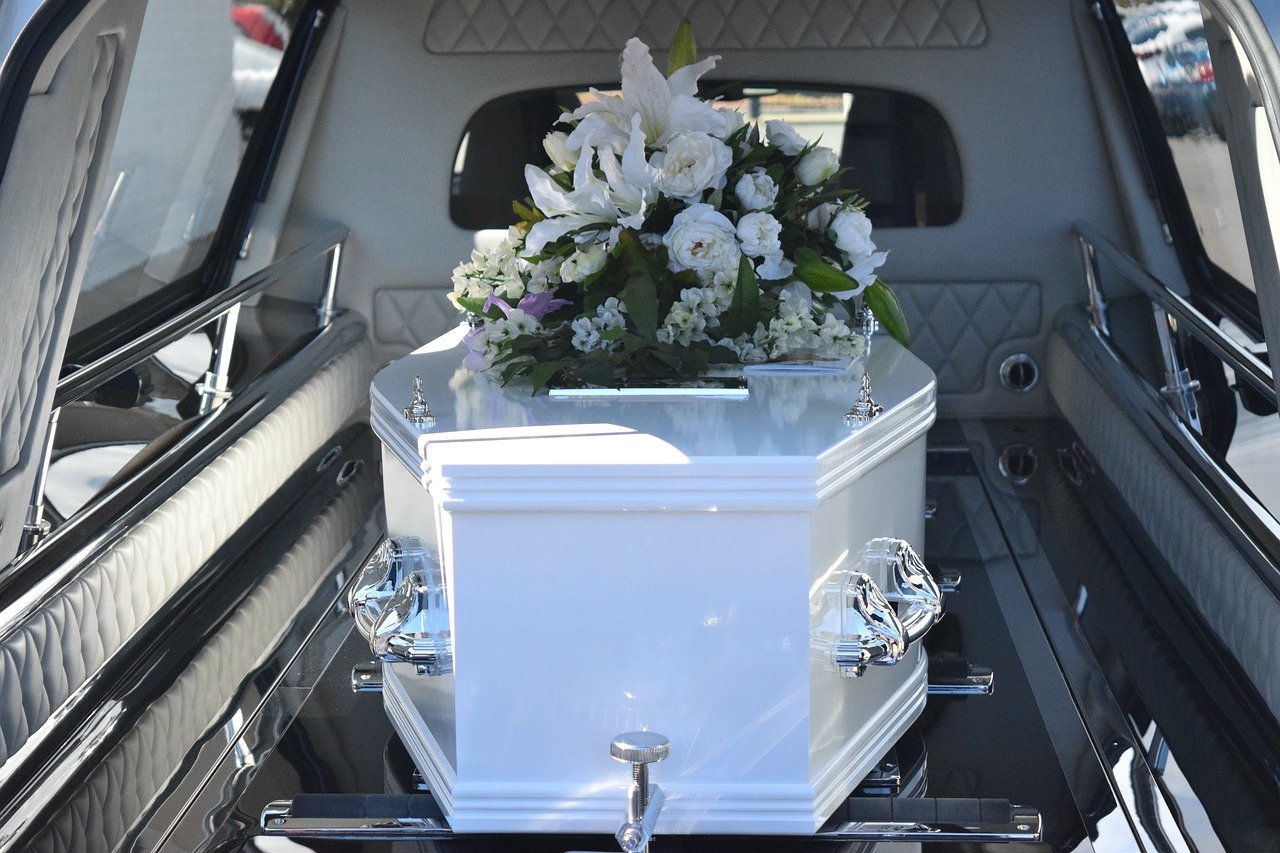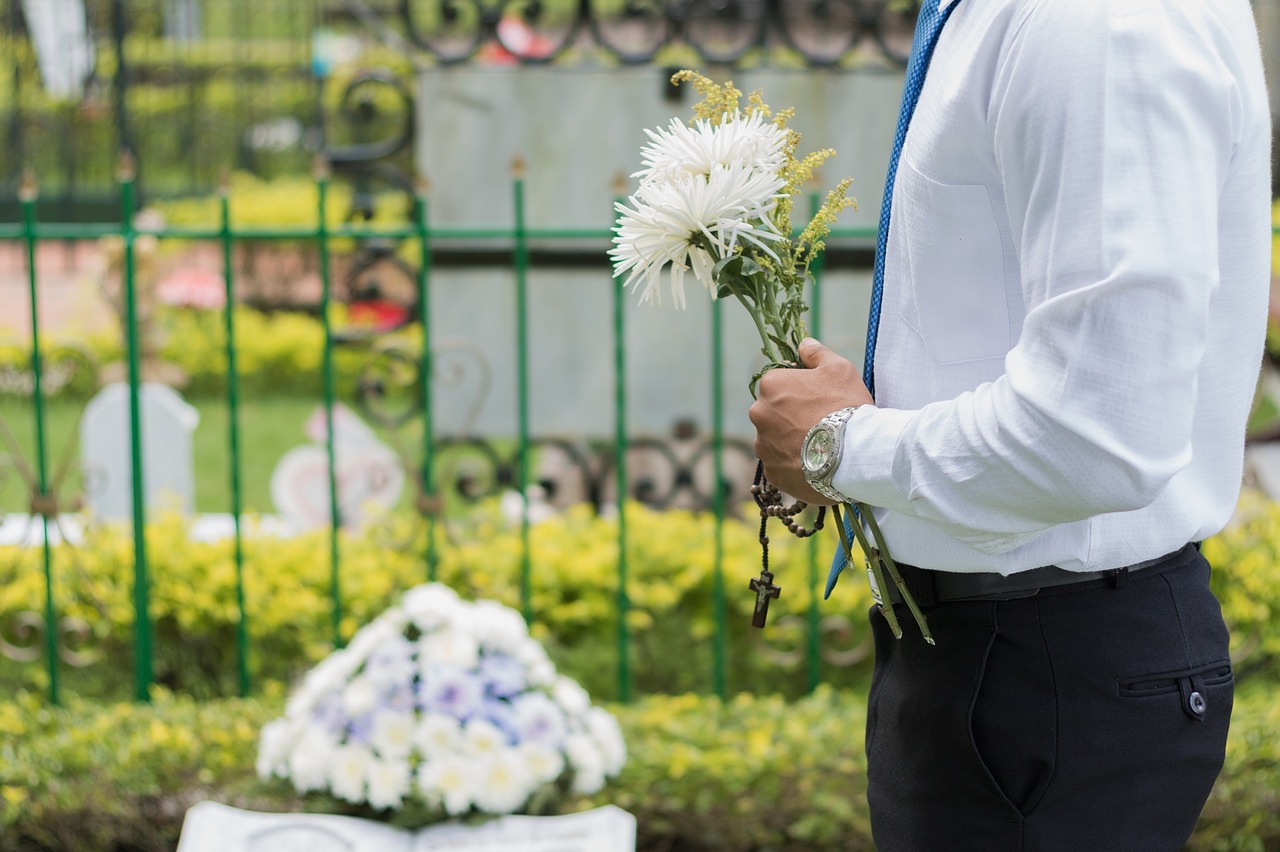
Choosing the right memorial is never an easy task. Irrespective of the difficulty of finding the right style to match the person in question, having to choose at a tough time personally makes it a very hard thing to do. That is why Cope Memorials have put together a small advice post, to try and get the ball rolling for you. While everyone is unique, there are some basic considerations to take into account before you begin choosing.
Make it personal
What stood out about the person in question? What were their defining features, their interests, or their hobbies? These are all very important questions to consider before beginning the decision-making process. If a themed memorial isn’t right for you, then consider what their tastes and try to make your selections based on that. Would they have preferred a black, grey, or white memorial? Did they generally prefer smaller displays of affection, or would they rather have something that stood out? While no-one can answer these questions for you, just thinking about them will get you on the way to making the right choice.
Ask around
You don’t have to make this decision alone. Talking to other family members and friends will go a long way to making the process easier for you. Reflecting your own and other people’s memories of a person is just as important as reflecting their own tastes and preferences. Discuss your thoughts with people who knew your friend or loved one, and ask them what they think. Just thinking out loud and putting your initial thoughts into words will help a lot; rather than bottling everything up and struggling alone, sharing your ideas with other people should prove useful.
How do you picture it?
Is there a particular message or style that you picture when you think about the memorial? If so, then try describing it to someone, and talk about how you could get it to work. Think about whether or not you want an inscription at all; while it is conventional to have some sort of writing on a memorial, it is absolutely not compulsory. If you think a simple shape or colour would work better than a message, then there’s no need to stress over finding the right words. Often, the way you initially picture something is close to the best choice. Stressing about a number of different styles and colours only makes things harder.
Where do you picture it?
Location is almost just as important as the way the memorial looks. If there’s a place you know of that meant something to the person, such as a place they enjoyed going or often talked about, then that’s a good place to start. While memorials aren’t appropriate everywhere, there is likely to be a cemetery relatively close to that special place. Remember, a place that you associate with the person in question is also a great choice. Never forget that your memories matter.
While we are aware that we can’t choose anything for you, we hope that some of these pointers will have given you a starting point. Ultimately, it is up to the family and friends of a person to decide on their memorial, but the points above give you something to think about while making the decision. If you would like some advice about memorials, or wish to enquire about the services we offer, please give us a call on 01773 602 187 or 07817 187 371, or fill out one of our online contact forms.

